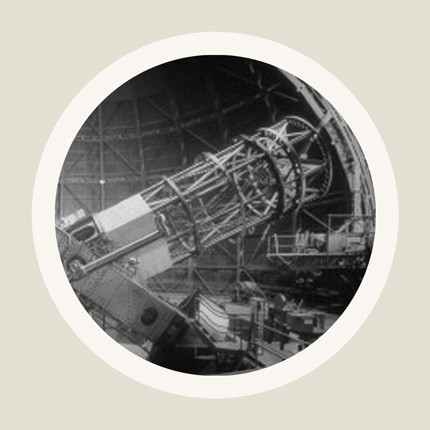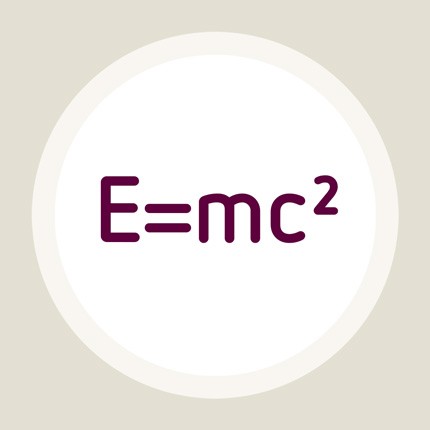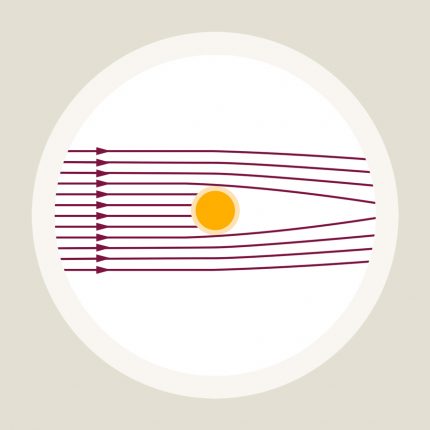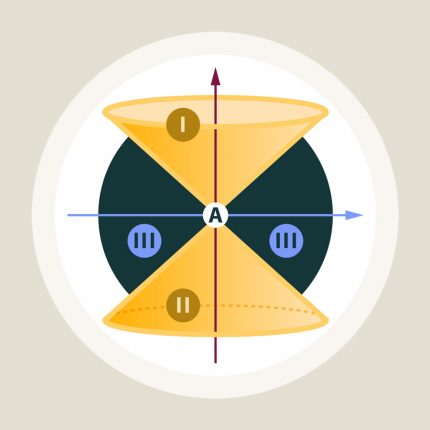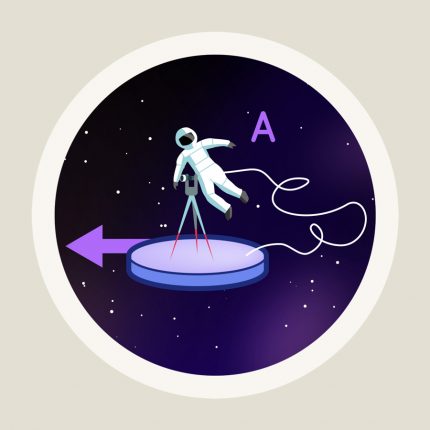Cosmology / Elementary Tour part 2: Reddening galaxies
Cosmic expansion has consequences for the light that reaches us from far-away galaxies - consequences that, in the 1920s, set astronomers on the track of an expanding universe in the first place. For an exact description of these effects, one would need a ...
Special relativity / Elementary Tour part 6: E=mc²
Now that the new features of space and time are sufficiently explored, it's time to examine how this affects the way objects move, either freely or when influenced by forces. In other words: How does relativistic mechanics work? This question has led to the ...
General relativity / Elementary Tour part 4: The light side of gravity
For the propagation of light, Einstein's theory makes a clear prediction: Light is deflected by gravity. Just as test particles move on the straightest-possible lines in curved spacetime (i.e. on spacetime geodesics), so does light. The most basic example: ...
Special relativity / Elementary Tour part 5: Spacetime
"All the world's a stage." - that's how we're used to viewing space: As a stage on which objects are located and where the dramas of their movements and evolution take place. In special relativity, as was mentioned briefly, simultaneity is relative, and so ...
Special relativity / Elementary Tour part 2: The principle of relativity
If you think about space stations drifting along in empty space, some statements that are surely relative spring to mind right away: statements about velocities. Imagine that, from the point of view of observer A sitting on the upper deck of his or own space ...
General relativity / Elementary Tour part 2: The cosmic dance
In this new picture, there is no gravitational force that masses exert on other masses. Instead, there are spacetime distortions. Spacetime in the presence of a mass is curved. In flat, empty spacetime, small test particles follow straight lines. However, ...



